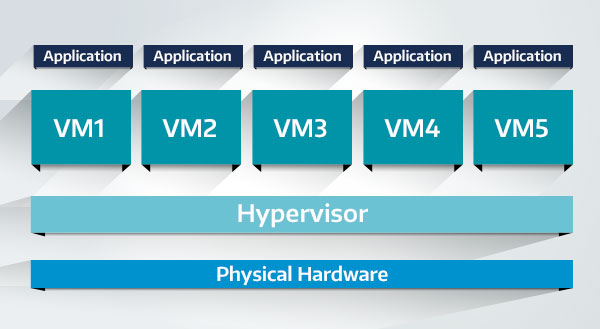An introduction to OpenVMS System Emulation
An introduction to OpenVMS System Emulation
Many companies are still using legacy software and hardware to operate today. Many older machine such as the PDP-11, and DEC alpha machines are still in use today and serve as the backbone for business operations. Technology has greatly improved, to the point where some may view the machines running on OpenVMS as obsolete. However that legacy technology contains precious software that still needs to be used today. As a result, companies such as AVTware and Comware(hey thats us!) have focused on importing legacy technology into today’s modern landscape. This is done though virtualization (or emulation). Virtualization here is done by emulating the legacy operating system on new hardware( modern computers and laptops of today).

Important things to realize is that most modern machines and computers today run on x86 Machines. These are machines with the x86 instruction set as created by Intel, and these machines with the instruction sets are found on most modern processors. As a result, modern computers with strong processors are referred to as x86 machines.
Running on any hardware is typically the operating system, the OS for short. One of the legacy operating systems(before the rise of Microsoft Windows) was OpenVMS which ran on legacy VAX machines from as far back as 1977. Despite being over four decades old, OpenVMS still sees usage today as legacy technology and needs to be supported as such. Rather than finding old hardware to run the machines on, many companies and even hobbyist have taken to the idea of virtualizing the operating system onto modern hardware. OpenVMS can now be ported over to newer machines with larger storage capacities and stronger processors. Large machines that take up tens of square feet can be reduced to a single thirteen inch laptop, as well as the reduced power consumption as a result of modern advances.

Not only can the Operating System be ported over to future technologies, but also the data and software as well. The software previously used to run business machines can now be ported over to stronger computers with faster transfer speeds, and data can be further protected and backed up. With modern storage formats, the entire machine can also be backed up, replicated, and transfer with extreme flexibility enabled by modern technology.
Technology will only continue to improve, yet the legacy technologies cannot simply be removed. In the worst case scenario, physical damages can affect these machines as they age. By migrating these legacy technologies onto modern hardware, we can preserve their value today. For any more information concerning specialty emulators, Comware focuses on emulating specific machines such as the PDP-11 listed above. To see this be sure to visit https://www.comwaretech.com/emulators/ and see the different systems that we can emulator on our software.


